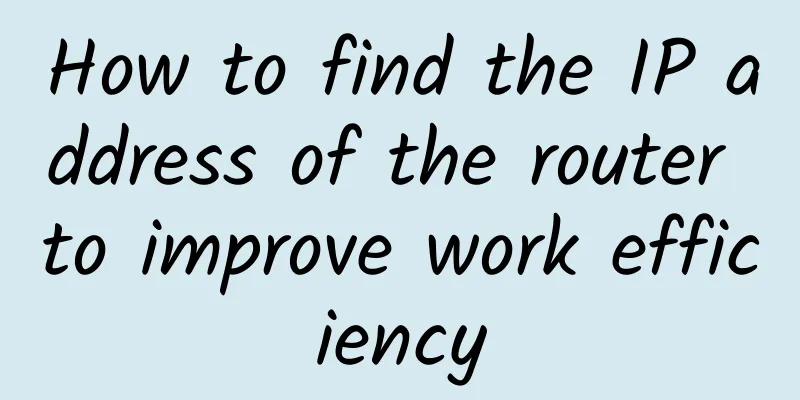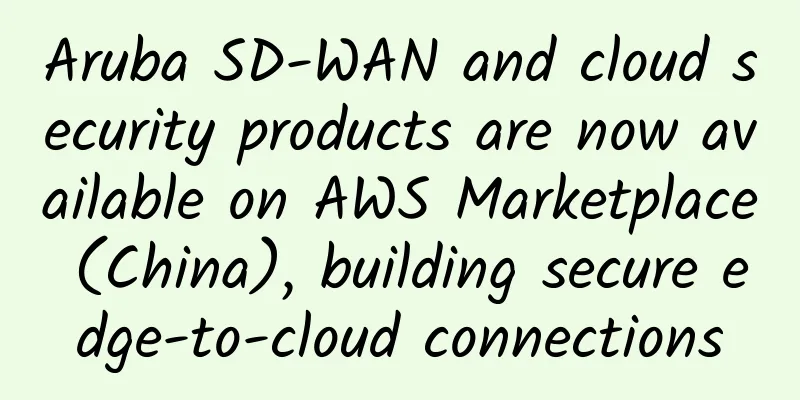TCP/IP based application programming interface

|
In "TCP/IP Basics: Data Encapsulation", we mentioned that each layer in the network layer interacts with each other through interfaces and provides services. The interface between the application layer and the user is called the Application Programming Interface (API). API is actually a collection of functions, or a collection of definitions and protocols. Regardless of the type of collection, its essence is to shield users from implementation details and complexity through abstraction.
The main purpose of an API is to provide application developers with the ability to access a set of routines based on certain software or hardware without having to access the source code or understand the details of the internal working mechanism. From the user's perspective, the application program interface is presented as a series of API functions that users can use to develop network applications. From a network perspective, the application programming interface provides users with a set of methods that they can use to send service requests, information, and data to the application layer. Each layer in the network responds in turn, ultimately completing network data transmission. The role of API is mainly reflected in the following aspects.
There are many application programming interfaces at the application layer, and they are developing rapidly. The more common ones include Socket, FTP, HTTP, and Telnet. These interfaces can be divided into four categories:
For example, the FTP protocol belongs to the file interface, based on which users can share and transfer files across the network. Socket and HTTP can be attributed to data communication interfaces, based on which users can develop network communication applications and web page interactive programs. From the perspective of programming development, whether it is FTP, HTTP or Telnet, they are all application layer protocols developed based on the Socket interface. They are further encapsulation and abstraction of the Socket interface, thereby providing users with a higher level of services and interfaces. There are two commonly used socket types: stream socket (SOCK_STREAM) and datagram socket (SOCK_DGRAM).
In terms of user interface, there is also the transport layer TLI interface, which was developed by AT&T and is sometimes called XTI. It is an application program interface provided by the transport layer for users and can be used to develop applications at the transport layer. |
<<: How to protect data center power systems from winter threats
>>: Will ZeroNet subvert the existing Internet network?
Recommend
Don't blame the operator, your home Internet speed may be stolen by it
"What's your Wi-Fi password?" When ...
The Ministry of Industry and Information Technology introduced a spectrum auction mechanism, which is a new model for 5G spectrum allocation.
Recently, my country promulgated the newly revise...
Weibu Online TDP: 99.97% accuracy, how low can the false negative rate be under high-intensity confrontation?
On March 6, 2022, the "Attack and Defense Co...
What is Wi-Fi 7, which is more powerful than Wi-Fi 6?
As we all know, Wi-Fi 6 can be said to be one of ...
HostYun: Hong Kong/Japan/Korea/US VPS monthly payment starts from 16 yuan, optional CN2 GIA/AS9929
HostYun is an old niche personalized IDC founded ...
T-Mobile's 3G network will be shut down on July 1 next year
[[424598]] Although major network operators are v...
VMISS 30% off all items starting from 18 yuan/month, Korea/Japan/Hong Kong CN2/Los Angeles CN2 GIA/9929 optional
VMISS released a 30% discount coupon during Black...
How Wi-Fi Location Services Enable IoT Asset Tracking
To locate IoT devices, you need a wireless commun...
Can PVC pipes be used for weak current wiring in home decoration?
The standards currently implemented for PVC threa...
Huawei Cloud Technology Private Conference Special Edition: Experts share the key points of cloud computing: "hard, specialized, fast and stable"
[51CTO.com original article] The early winter in ...
The management and configuration of routers and switches will definitely refresh your mind!!!
1. Management and configuration of routers and sw...
How many optical modules does a GPU need?
1. Network card model There are mainly two types ...
When will 5G become mainstream, or is it already mainstream?
Is 5G still waiting for a "killer app"?...
From 2G to 5G, three changes in the discourse power of mobile Internet
[[256146]] Hans Vestberg, CEO of Verizon, the lar...
Guava RateLimiter: A practical guide to efficient flow control
background With the rapid development of the Inte...









